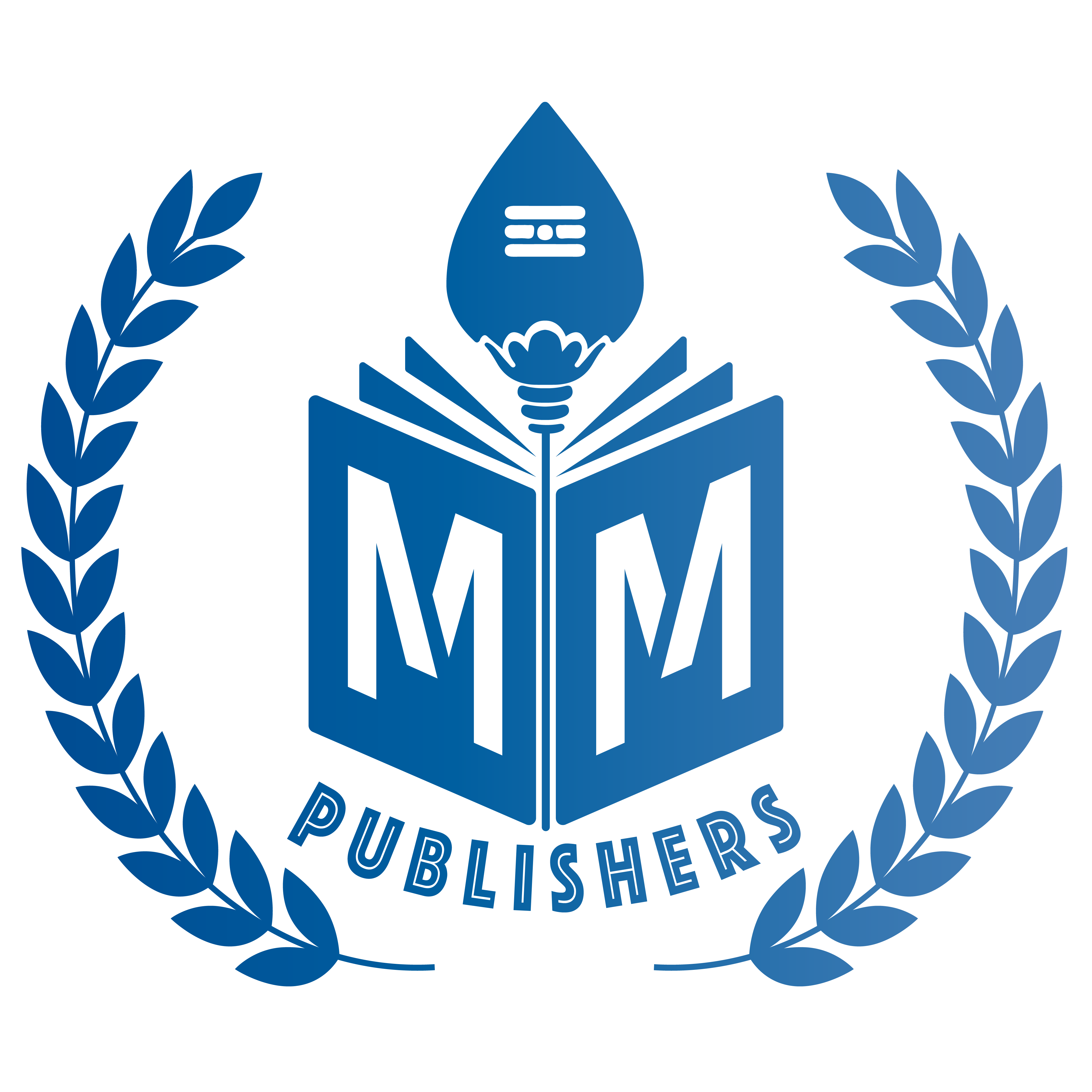UTILIZING WHATSAPP APPLICATION TO VERIFY WIRE BENDING EXERCISES DONE BY UNDERGRADUATE STUDENTS - A PROSPECTIVE SURVEY Original Research
Main Article Content
Abstract
Background: E-learning platform can be utilized to improve pre-clinical practical skills. Millions undergraduates are active users of WhatsApp platform and this can be used for learning and evaluation.
Objectives: The study's goals and include using WhatsApp to reinforce pre-clinical wire bending exercises among undergraduate dental students and assessing the effectiveness and acceptability of this platform among them.
Materials and Methods: This prospective study was conducted over a nine-month period and included 79 final-year BDS students from Mansarovar Dental College in Bhopal. The research was divided into three three-month sessions. An examination of similar questions of 10 MCQ and 10 Likert questions was conducted at the beginning and end of each session. A WhatsApp group called "Let's Learn Wire Bending" was formed, and digital images of wire bending exercises with step-by-step instructions and clinical benefits were posted. WhatsApp discussions about each appliance were held for three months, and at the end of the third month, an offline examination was held using the first question paper set, and student progress was evaluated.
Statistical analysis: Shapiro-Wilk’s test was applied for evaluating normality of samples distribution, and in non-parametric data obtained from the Likert’s score was converted into mid-point data analysis, and comparison between groups. Mann-Whitney U test was applied to assess acceptability.
Results: There was a statistically significant difference between before-session test results and after-session test results with a p-value less than 0.001. Likert feedback questionnaire revealed that students enjoyed this method of teaching.
Conclusions: The present study concluded that teaching pre-clinical wire bending exercises through WhatsApp application reinforces the traditional method of pre-clinical demonstration.
Article Details

This work is licensed under a Creative Commons Attribution-NonCommercial 4.0 International License.
References
Etim PJ, Udosen IN, Ema IB. Utilization of WhatsApp and students performance in geography in uyo educational zone, Akwa Ibom State. IJIRES 2012;3:36.
Awada G. Effect of WhatsApp on critique writing proficiency and perceptions toward learning. Cogent Educ Cogent 2016;3:125.
Naidoo J, Kopung KJ. Exploring the use of WhatsApp in mathematics learning : A case study. Journal of Communication 2016;7:26673.
Nize G, Santos M, Leite AF, Tadeu P, Figueiredo DS, Santos N.Teaching and learning oral radiology via the social medium WhatsApp. Rev ABENO 2017;17:1625.
Raiman L, Antbring R, Mahmood A. WhatsApp messenger as a tool to supplement medical education for medical students on clinical attachment. BMC Med Educ 2017;17:7.
Georgakellos DA, Macris AM. Application of the semantic learning approach in the feasibility studies preparation training process. Inf Syst Manag 2009;26:23140.
Freeman JV, Julious SA.The analysis of categorical data.Scope2007; 16(1): 18–21.
Gon S, Rawekar A. Effectivity of E learning through WhatsApp as a teaching learning tool. MVP Journal of Medical Sciences 2017;4:406.
Marshall J. Learning with technology. Evidence that technology can, and does, support learning; 2002.
Plana MGC, Escofet MIG, Figueras IT, Gimeno A, Appel C, Hopkins J. Improving learners’ reading skills through instant short messages: A sample study using WhatsApp. 4th World-CALL Conference; Glasgow. 2013 Jul 10-13.
Amry AB. The impact of WhatsApp mobile social learning on the achievement and attitudes of female students compared with face to face learning in the classroom. European Scientific Journal. 2014;10(22):116–36.
Fischer Y. The Facebook is dead-long live WhatsApp. De Marker; 2013
Church K, de Oliveira R. What’s up with WhatsApp? Comparing mobile instant messaging behaviors with traditional SMS. Proceedings of the 15th International Conference on Human-computer Interaction with Mobile Devices and Services; 2013. p. 352–61.
Rambe P, Chipunza C. Using mobile devices to leverage student access to collaboratively-generated resources: A case of WhatsApp instant messaging. South African University International Conference on Advanced Information and Technology for Education; 2013.
Bansal T, Joshi D. A study of students’ experiences of mobile learning. Global Journal of Human-Social Science. 2014; 14(4).
Wani SA, Rabah SM, Alfadil S, Dewanjee N, Najmi Y: Efficacy of communication amongst staff members at plastic and reconstructive surgery section using smartphone and mobile WhatsApp. Indian J Plast Surg. 2013, 46:502-505.
Astarcioglu MA, Sen T, Kilit C, Durmus HI, Gozubuyuk G, Kalcik M, Karakoyun S, Yesin M, Zencirkiran Agus H, Amasyali B: Time-to-reperfusion in STEMI undergoing interhospital transfer using smartphone and WhatsApp messenger. Am J Emerg Med. 2015, 33:1382-84.
Giordano V, Koch HA, Mendes CH, Bergamin A, de Souza FS, do Amaral NP: WhatsApp Messenger is useful and reproducible in the assessment of tibial plateau fractures: inter- and intra-observer agreement study. Int J Med Inform. 2015, 84:141-48.
Rivera-Rodriguez AJ, Karsh BT: Interruptions and distractions in healthcare: review and reappraisal. Qual Saf Health Care. 2010, 19:304 12.

